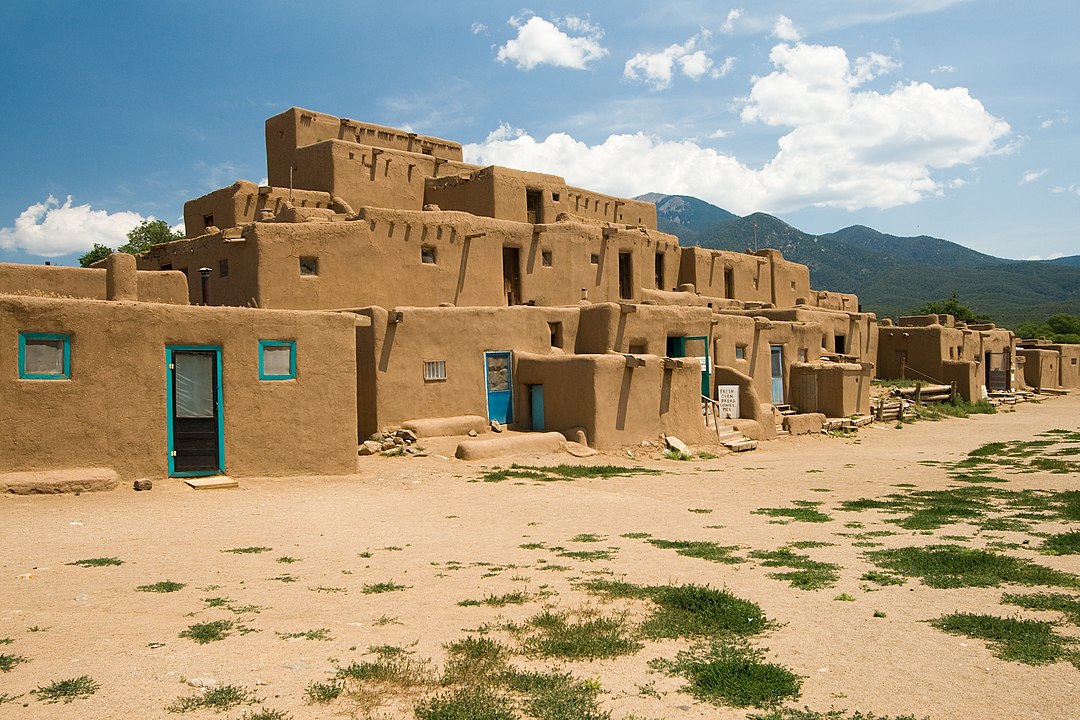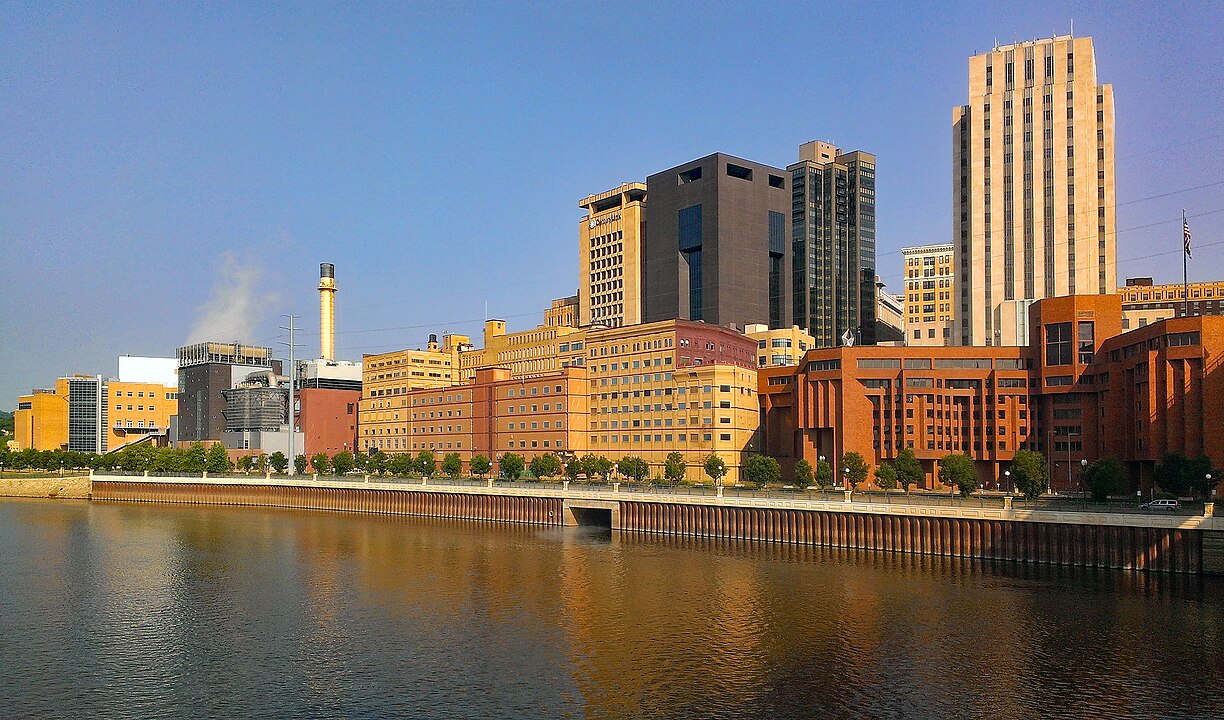The ancient world is often described through pharaohs, emperors, and famous battles, yet whole cultures vanished without leaving a clear story of their final days. Cities crumbled, scripts went silent, and trade routes shifted, while memories of those people faded into rumor and myth. Archaeology can sketch roads, diets, and rituals, but it cannot always explain why an entire society chose to move, collapse, or transform. That gap between ruins and reasons is where these lost civilizations still hold their grip on the imagination.
Indus Valley Civilization
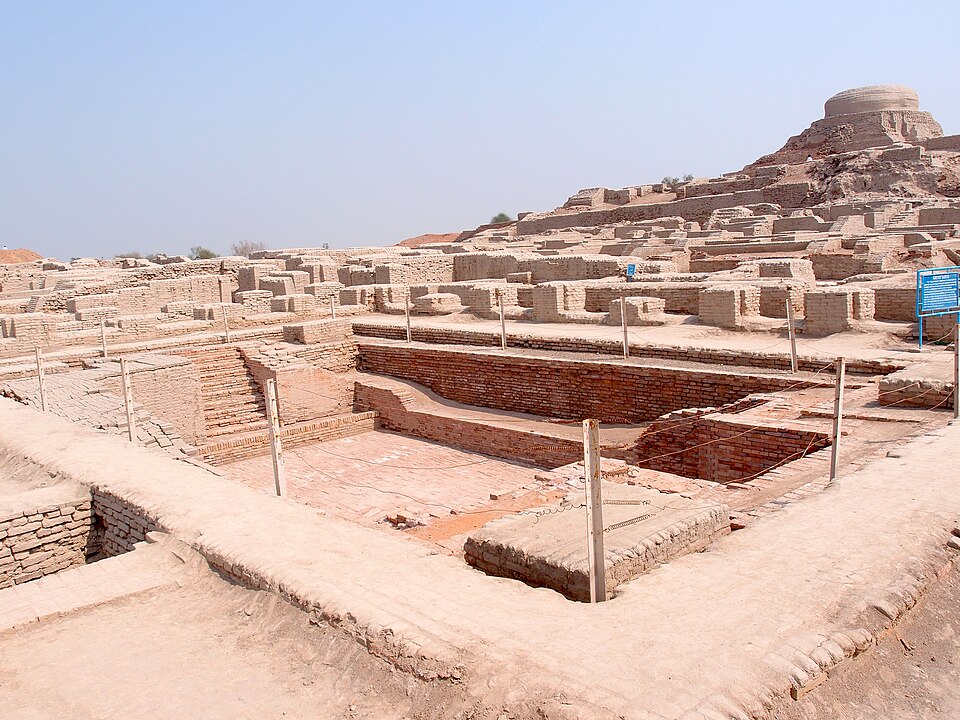
Along the Indus and Saraswati river systems, the Harappan world built gridded streets, brick houses, and drainage networks that rival many later cities. Then, between shifting monsoons, changing rivers, and slow economic strain, large urban centers thinned out and gave way to smaller settlements. There is no single recorded war or royal decree that explains the retreat. What survives is a network of carefully planned cities and an undeciphered script that keeps their inner voices just out of reach.
Minoan Civilization Of Crete
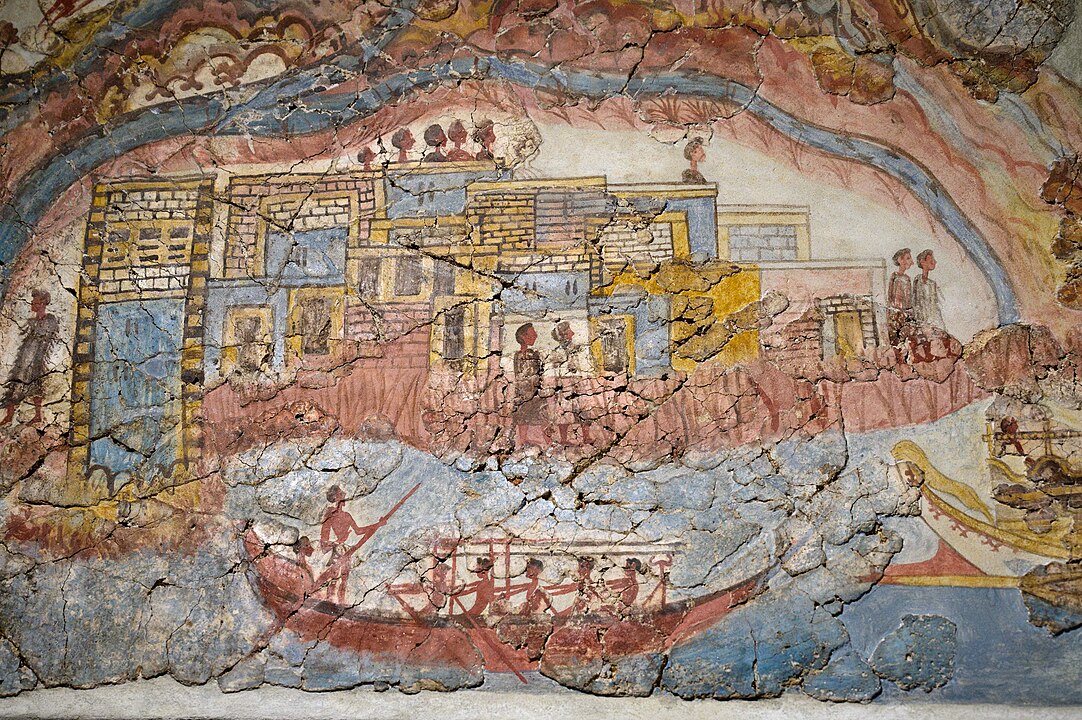
The Minoans filled Crete with palaces like Knossos, decorated in vivid frescoes of leaping bulls, dancers, and seafaring scenes. A huge volcanic eruption at nearby Thera likely shook that world through tsunamis and climate disruption, yet the culture did not end in one dramatic night. Quakes, fires, and rising Mycenaean influence layered stress on a trading system that depended heavily on the sea. Over time, distinct Minoan language and power faded, leaving art and ruins absorbed into a wider Greek story.
The Mycenaean Kingdoms Of Greece
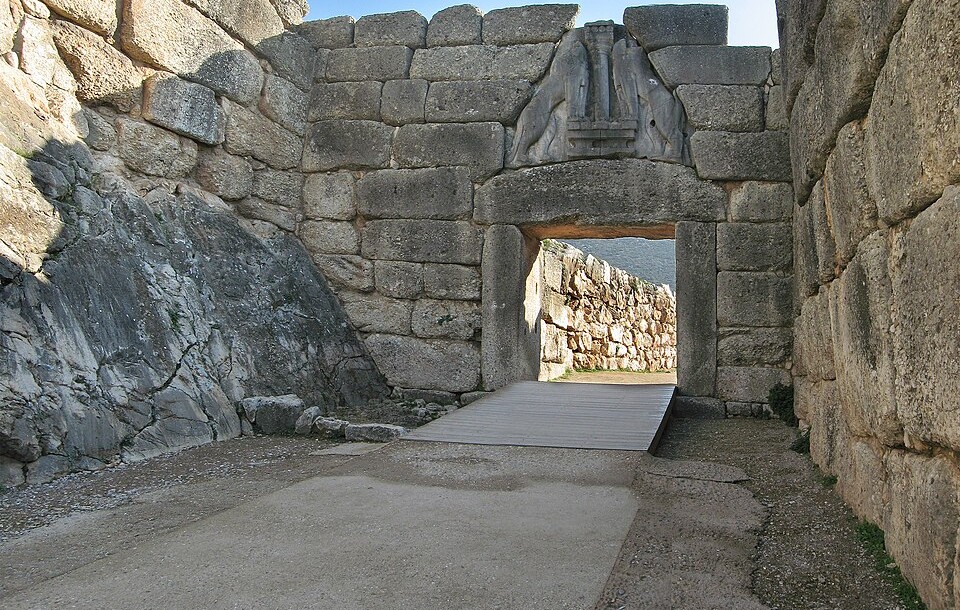
Mycenaean citadels with thick walls and warrior imagery once anchored an elite network that later Greek legends turned into the age of heroes. Around 1200 BCE, many palaces burned or were abandoned within a few generations, as signs of famine, conflict, and broad Mediterranean chaos appear across the region. Sea Peoples, drought, and failing trade likely pulled at the same threads. After that unraveling, pottery styles simplify, writing disappears, and the land drifts into a darker, quieter period.
The Builders Of Göbekli Tepe
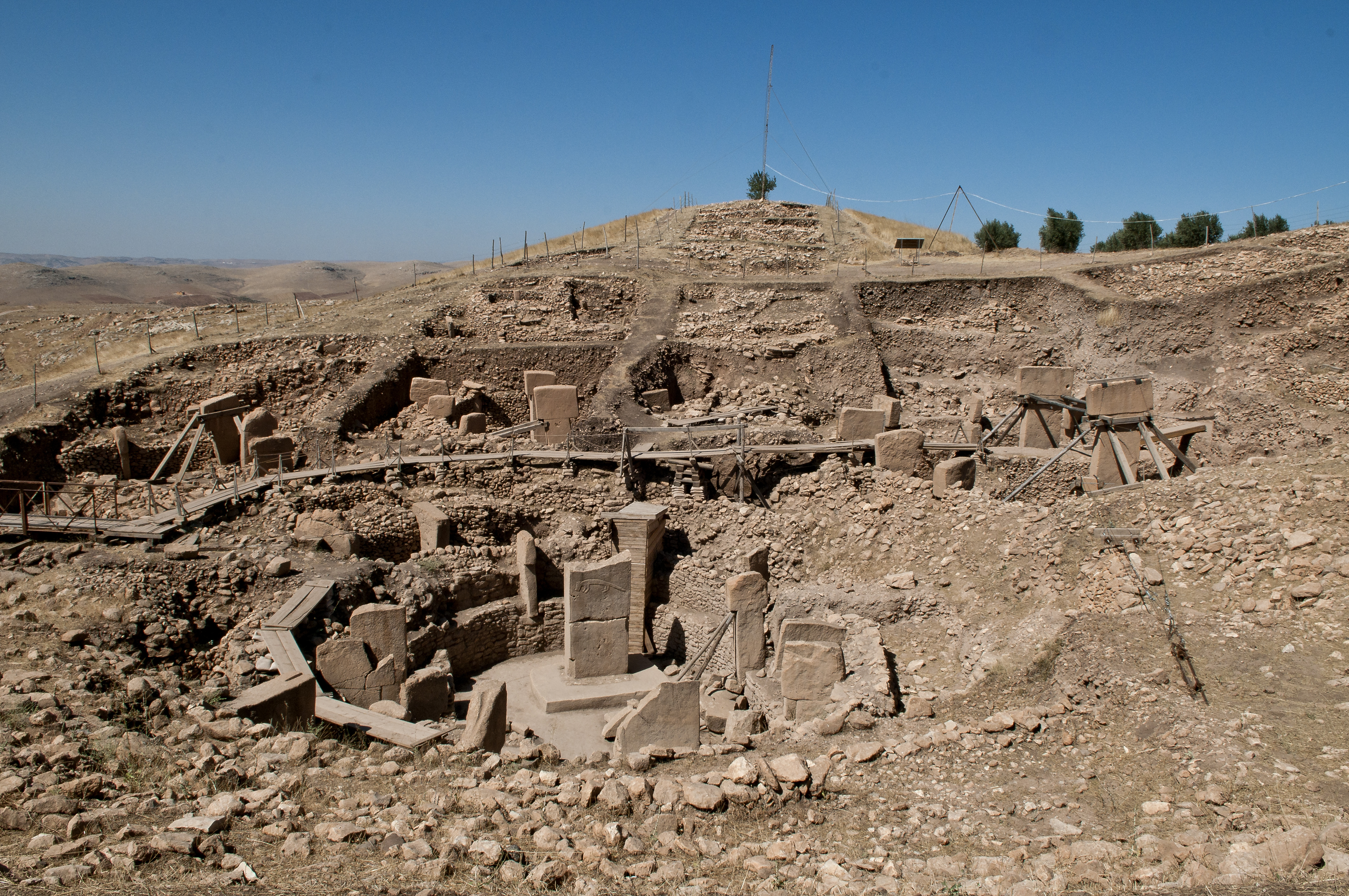
On a hill in southeastern Turkey, Göbekli Tepe preserves massive stone circles and carved pillars that predate pottery and villages in many other regions. Hunters and gatherers gathered there to carve animals, erect towering stones, and likely perform rituals that no one alive can fully explain. At some point, people deliberately buried the complex, as if packing away a sacred tool kit no longer needed. Later farmers lived nearby without leaving clear stories of the original builders, whose names and language remain unknown.
Olmec Centers Of The Gulf Coast
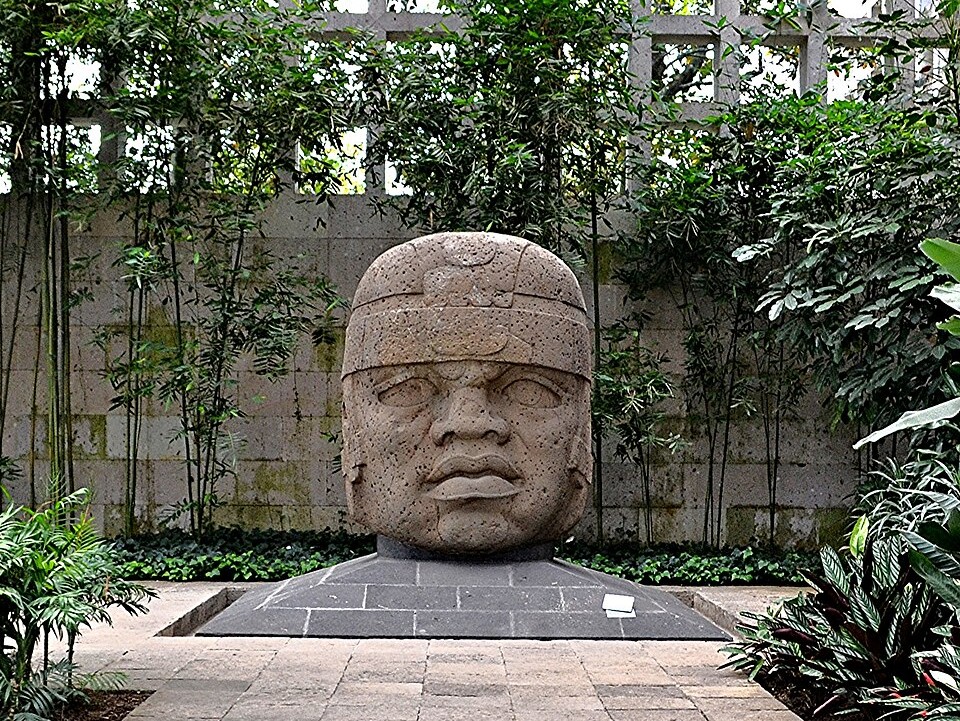
Along the humid Gulf coast of present-day Mexico, the Olmec world carved colossal stone heads and moved jade across long distances, setting patterns later cultures would echo. Major centers like San Lorenzo and La Venta rose, flourished, and then lost prominence between about 1500 and 400 BCE. Changing rivers, soil exhaustion, and shifting trade likely pushed power elsewhere. The people who followed in central Mexico borrowed symbols and ideas, yet the names of the first rulers dissolved into silence.
The Ancestral Puebloans Of The Southwest
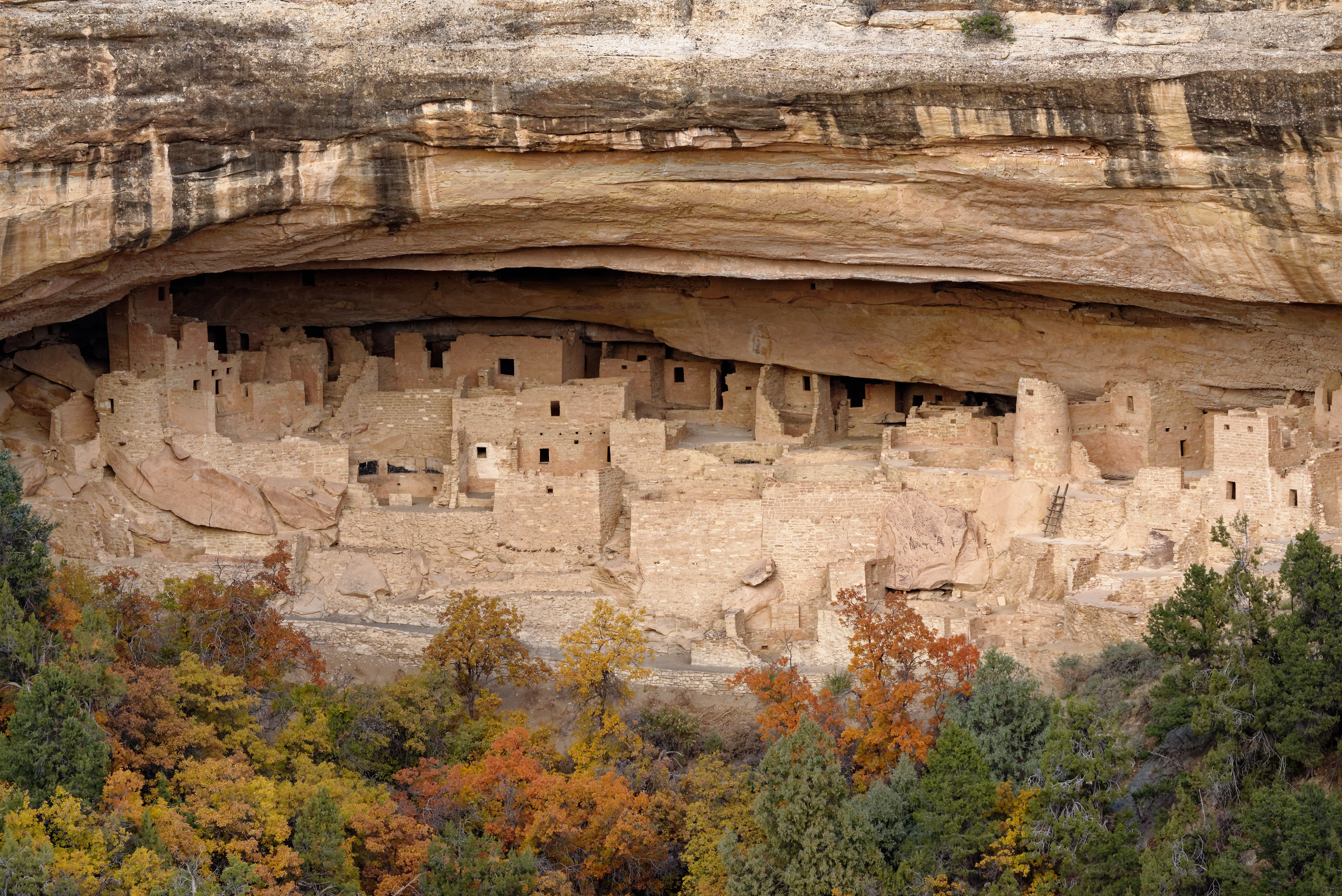
In the canyons and mesas of the American Southwest, Ancestral Puebloan communities raised great houses at Chaco and tucked cliff dwellings into sheer rock at Mesa Verde. By the late 1200s, many of these monumental sites were abandoned, with populations moving into different regions and smaller, more scattered settlements. Drought, resource strain, and social pressures probably made dense centers less sustainable. Modern Pueblo peoples trace cultural links, but the exact conversations that led to each departure remain unrecorded.
Cahokia And The Mississippian Metropolis

Across the Mississippi floodplain near present-day St. Louis, Cahokia once held monumental earth mounds, plazas, and neighborhoods that may have housed tens of thousands. Between environmental stress, flooding, political conflict, and disease tied to dense living, the city’s population began to fall after about 1300 CE. Within a few centuries, the great mounds stood over largely empty ground. Later Native nations preserved stories and practices shaped by Mississippian culture, while the city itself slipped into obscurity beneath farmland.
The Nabateans Of Petra
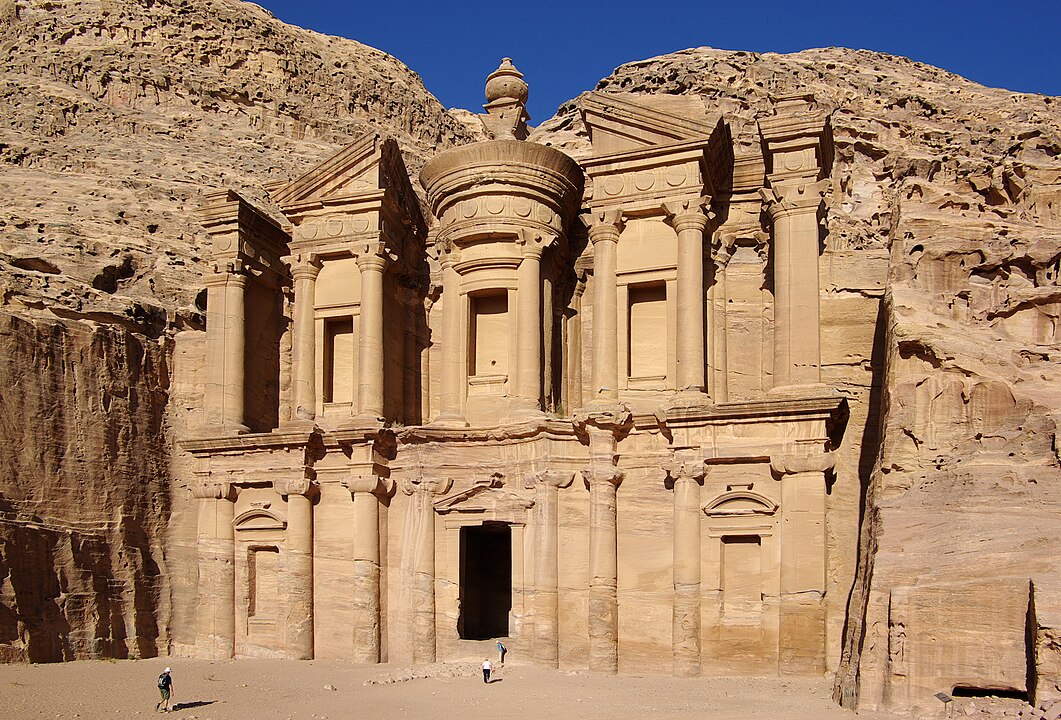
The Nabateans turned desert cliffs into carved façades and thriving markets, using Petra as a hub for incense, spices, and other goods crossing between Arabia and the Mediterranean. When sea routes undercut caravan traffic and Rome folded the kingdom into its provinces, that economic engine lost power. Earthquakes and changing trade maps added more damage than the sandstone city could absorb. Petra never truly vanished, but its people dispersed, and the daily bustle around its rock-cut tombs and temples evaporated.
The Kingdom Of Aksum
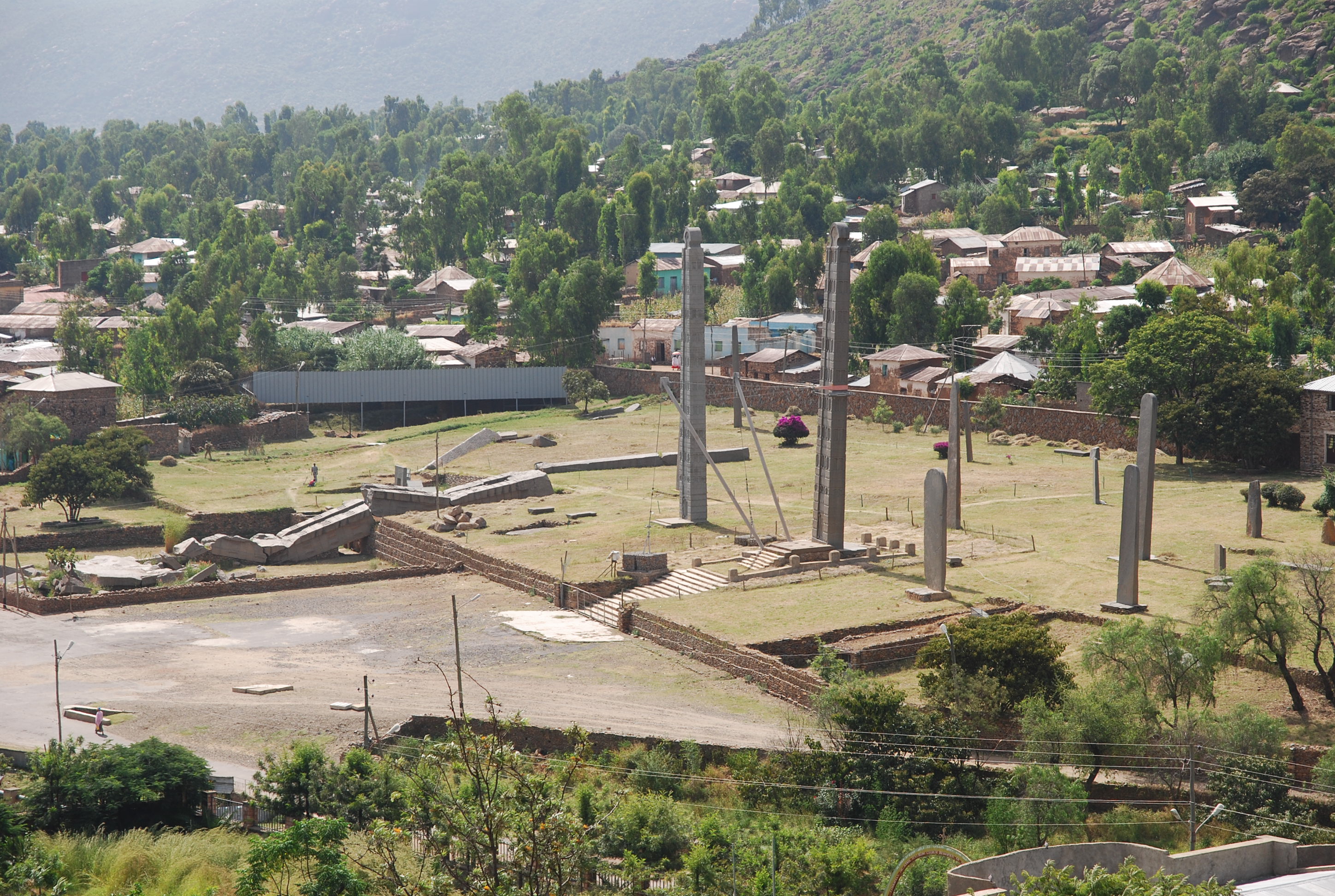
Aksum once commanded Red Sea trade from the Horn of Africa, minting coins, raising monumental stelae, and linking inland routes to the wider world. With the rise of new ports around the Arabian Peninsula and changing climate and land use at home, its coastal access and economic role weakened. Political centers shifted into the Ethiopian highlands, and Aksum’s monumental core grew quieter. Later Christian kingdoms remembered parts of its legacy, but much of its political story faded with its stone.
The Khmer At Angkor

Angkor’s rulers oversaw an enormous city in present-day Cambodia, woven together by reservoirs, canals, and stone temples that still draw visitors centuries later. From the 13th to 15th centuries, a mix of monsoon swings, strain on the water systems, internal conflict, and growing coastal trade slowly undercut its stability. Residents did not all leave at once; life simply moved toward new centers that better matched changing needs. Stone towers endured under roots and vines, while wooden homes and markets dissolved into the soil.
